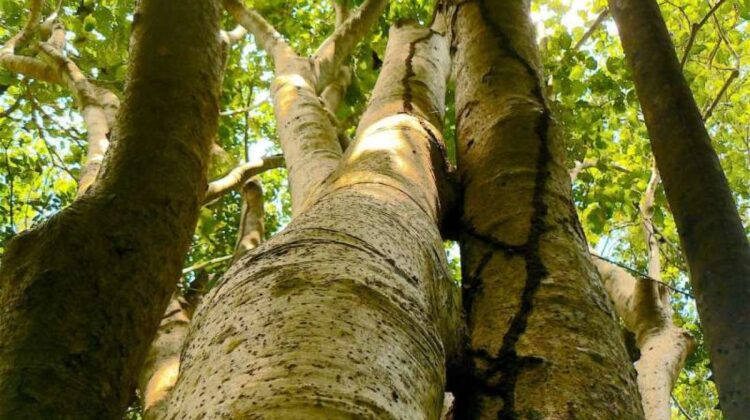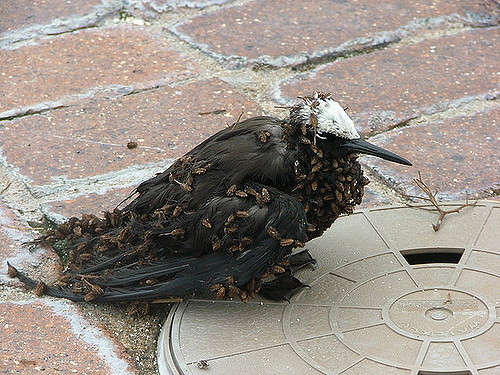
The Caribbean’s gorgeous islands might appear to be an utopia not just for humans looking to relax on the beach, but also for numerous birds looking for predator-free breeding grounds. Some of these islands, however, conceal a terrible secret: they are home to a kind of tree infamous for trapping and killing young birds, the remains of which are then used to feed the trees themselves.
Scientists have identified two new species of horrific plants known as “bird-catcher” trees, which they describe in the journal Phytokeys. The two huge trees were discovered in the jungles of Puerto Rico. The fact that two large plants have remained unknown to science for so long on such a small and well-studied island adds to the scientists’ excitement.
The nefarious movements of the Pisonia trees definitely read like something out of a horror movie. The ground under some bird-catcher trees is filled with little brittle bones, all that left of their victims. A mummified body will occasionally dangle from the trees.

The trees have fruits that are very sticky and coated in tiny hooks. Normally, they cling to the backs of visiting birds, who take them to neighboring islands and disseminate the seeds, but the plants occasionally turn on their messengers.

As the fruits fall to the ground, the sticky sap attracts insects, who become entangled. This attracts birds hunting for a quick meal, who become entangled in the fatal mix of slime and hooks. Those birds who are not eaten by crabs and scavengers starve and decay at the base of the trees, supplying nutrients to the plant itself.
Occasionally, the birds do not make it to the ground and dangle from the branches. There have even been stories of these ominous decorations attracting owls and other predators, who are then captured and killed.
“Birds are the primary dispersion agents for Pisonia trees, delivering the sticky fruits affixed to their feathers to distant islands,” said study leader Marcus A. Caraballo-Ortiz. “However, as witnessed in documentaries, these fruits can occasionally trap too firmly and even kill birds.” We are not aware of any incidents of birds being captured by the sticky fruits of the new species, but future research will look into this potential.”
Pisonia horneae and Pisonia roqueae were named after two outstanding women, Frances W Horne and Dr Ana Roqué de Duprey, who both dedicated their lives to improving education and botany.

I don’t see nayhting sinister or horrific about this method of dispersing seeds. The birds get their advantage and so do the trees; the casualties can’t be very common.